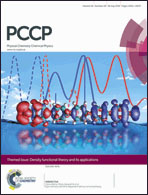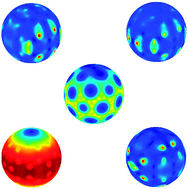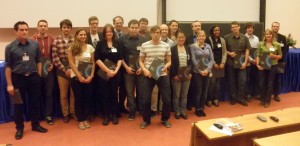I like picking out Perspective articles to focus on in these blog posts. They give me a chance to read about a field that I know less about, phrased in language that is accessible to those of us who aren’t specialists in that particular area. This then allows me to easily pick out the major themes and hopefully inspire others to follow me in reading a welcoming overview of a different research field. However, even in the spirit of broadening my horizons I wasn’t expecting butterfly wings in PCCP! It stuck out so obviously that I immediately knew I had found the next article I wanted to feature.
How many physical chemists or chemical physicists have extensive lepidopteral knowledge? I’m willing to bet it’s only a handful. In this perspective article, Zhang and co-authors tell the story of how we’re making use of the structural secrets of butterfly wings that have been revealed by previous research.
The study of the structure of butterfly wings is nothing new, its been going on for centuries. Yet it’s only recently that we’ve been able to apply that knowledge and develop new concepts and technologies as structural characterisation has reached the nanoscale. You might be surprised by the diversity of the research areas and applications that are mentioned, I certainly was!
Read the full article online here:
W. Zhang et al., Phys. Chem. Chem. Phys, 2014, DOI: 10.1039/C4CP01513D















 mechanical properties, including high thermal conductivity and electrical resistivity, whilst being chemically reactive but also environmentally benign. RDX was coated with different proportions of nanodiamonds to try to stabilise the explosive. This is important as you don’t want explosives to detonate if they are accidently heated when in storage.
mechanical properties, including high thermal conductivity and electrical resistivity, whilst being chemically reactive but also environmentally benign. RDX was coated with different proportions of nanodiamonds to try to stabilise the explosive. This is important as you don’t want explosives to detonate if they are accidently heated when in storage.









